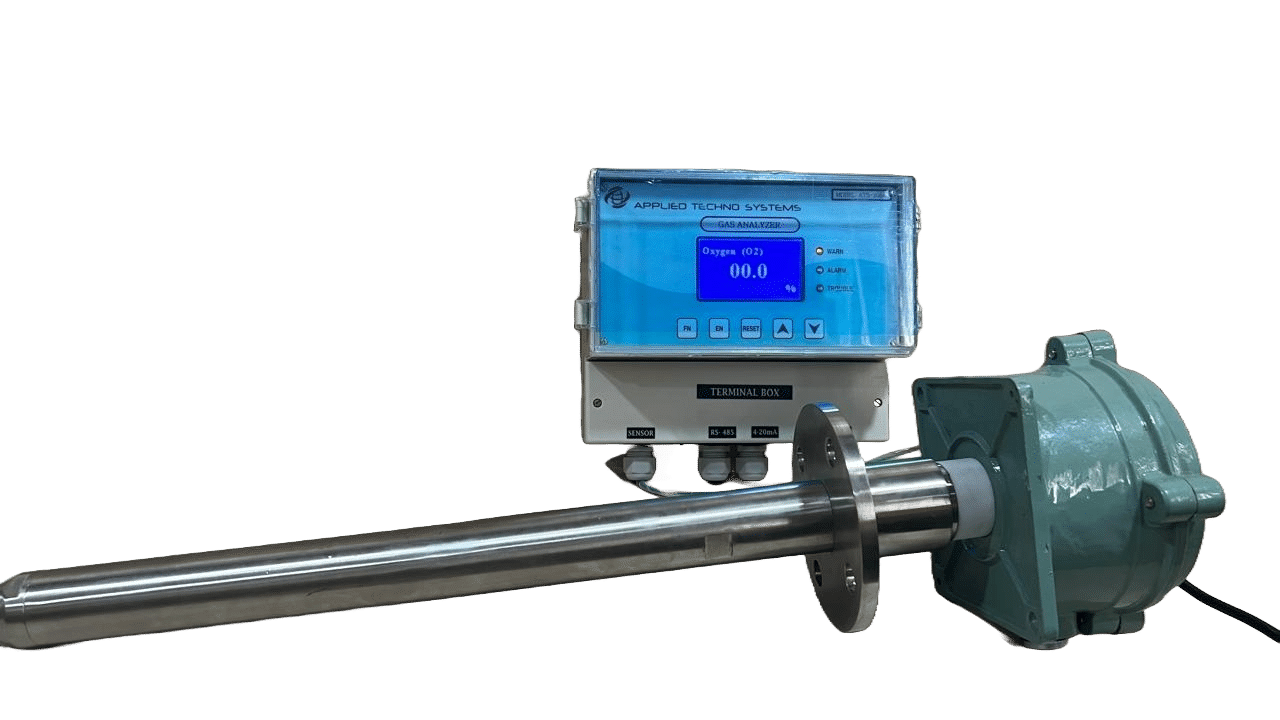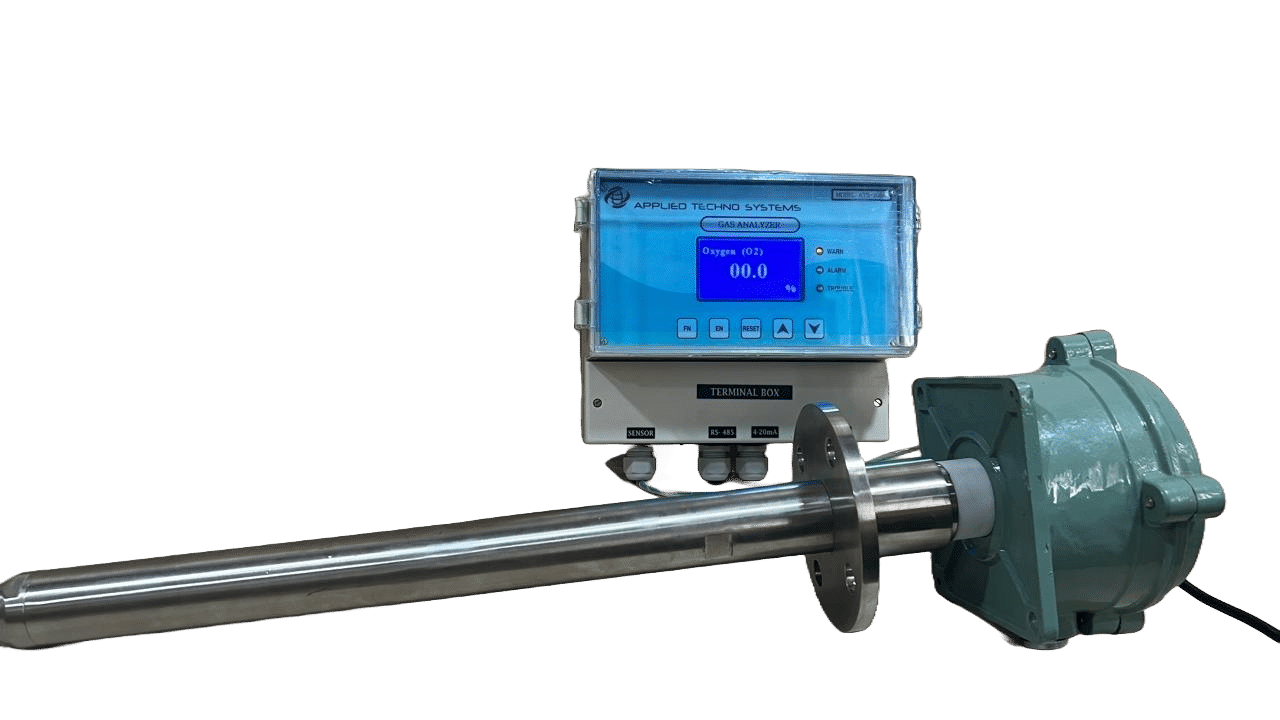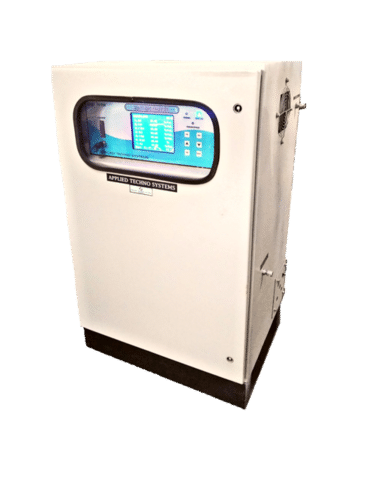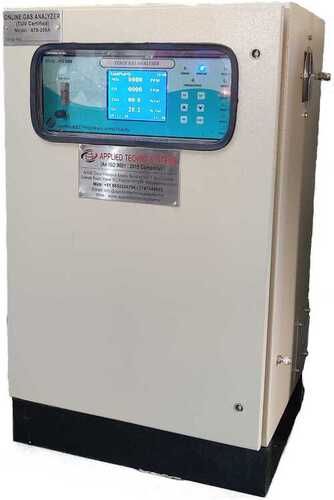- ओस बिंदु मीटर
- गैस विश्लेषक
- पोर्टेबल गैस डिटेक्टर
- नमी और ओस बिंदु विश्लेषक
- धूल मॉनिटर
- गैस निगरानी प्रणाली
- गैस रिसाव डिटेक्टर
- गैस ट्रांसमीटर
- वीओसी लीक डिटेक्टर
- वायु गुणवत्ता निगरानी प्रणाली
- ऑनलाइन सतत उत्सर्जन निगरानी प्रणाली-ओसीईएमएस
- ओस प्वाइंट मॉनिटर्स
- गैस डिटेक्टर
- अपारदर्शिता मॉनिटर
- पोर्टेबल फ़्लू गैस विश्लेषक
- ऑनलाइन एसओएक्स और एनओएक्स गैस विश्लेषक
- मीथेन गैस रिसाव डिटेक्टर
- हाइड्रोजन शुद्धता विश्लेषक
- गैस शुद्धता विश्लेषक
- प्रवाह निगरानी प्रणाली
- निर्माता गैस विश्लेषक
- गैस डिटेक्टर अंशांकन सेवा
- पोर्टेबल गैस मॉनिटर्स
- गैस सेंसर ट्रांसमीटर



Zirconia oxygen sensor
उत्पाद विवरण:
मूल्य और मात्रा
- 1
उत्पाद वर्णन
-
Zirconia Sensor Element: The core component is a zirconium dioxide (zirconia) ceramic, typically doped with yttria, that functions as a solid electrolyte. When exposed to high temperatures, zirconia allows oxygen ions to move through its lattice structure, generating a voltage that corresponds to the oxygen concentration.
-
High Temperature Tolerance: These analyzers work effectively at high temperatures, often above 600C (1112F), making them suitable for environments like flue gas, combustion chambers, and kilns.
-
In-Situ Installation: As an in-situ device, it measures directly within the gas flow. This design eliminates the need for sample extraction and conditioning, making it quicker to respond to changes in oxygen levels.
-
Electrochemical Principle: Zirconia-based analyzers leverage the Nernst equation, which relates the EMF (voltage) generated across the zirconia electrolyte to the partial pressure of oxygen in the measured gas.
-
Fast Response Time: Due to the direct measurement approach and high-temperature functionality, these analyzers offer a fast response time, critical for controlling combustion processes efficiently.
Applications
- Combustion Control: Used in power plants, cement kilns, steel manufacturing, and petrochemical industries to optimize combustion, reduce emissions, and improve fuel efficiency.
- Process Safety: Monitoring oxygen levels to prevent explosive mixtures or ensure safe operating conditions.
- Environmental Compliance: Helps in maintaining low oxygen levels to control NOx and CO emissions.
Benefits
- Real-Time Measurement: Instantaneous data helps optimize processes.
- Low Maintenance: Limited or no need for gas sampling lines, reducing downtime.
- Durability: Designed for continuous operation in challenging industrial environments.
In-situ zirconia-based oxygen analyzers provide essential control and monitoring capabilities in various high-temperature industrial processes, ensuring both efficiency and safety.








 English
English Spanish
Spanish French
French German
German Italian
Italian Chinese (Simplified)
Chinese (Simplified) Japanese
Japanese Korean
Korean Arabic
Arabic Portuguese
Portuguese